French Landscape Design
Eight dos and don'ts from designer Deborah Silver
-
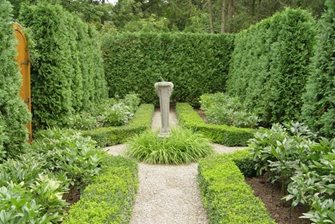 In this formal setting, arborvitae and boxwood create a garden room for contemplation.
In this formal setting, arborvitae and boxwood create a garden room for contemplation.
-
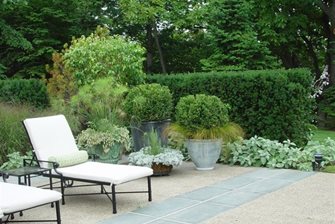 A clipped hedge defines this seating area and provides a soothing green backdrop.
A clipped hedge defines this seating area and provides a soothing green backdrop.
-
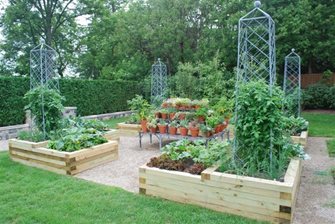 Edible garden areas like this one can be designed with as much flair as ornamental garden beds.
Edible garden areas like this one can be designed with as much flair as ornamental garden beds.
-
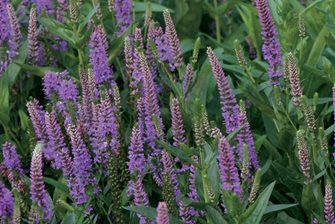 Veronica 'Purpleicious' has the iconic purple spikes of lavender and can be used in its place in climates where lavender doesn't perform well. (Photo courtesy Proven Winners)
Veronica 'Purpleicious' has the iconic purple spikes of lavender and can be used in its place in climates where lavender doesn't perform well. (Photo courtesy Proven Winners)
-
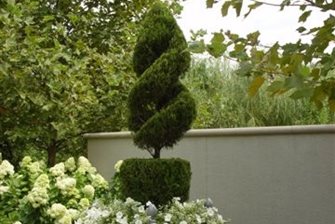 Boxed topiary is a traditional French garden element.
Boxed topiary is a traditional French garden element.
-
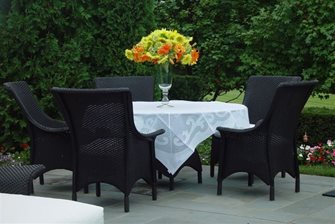 Simplicity and good editing is key in creating an elegant French-style garden. A green backdrop with perfectly-planned spots of color makes an instant impact yet needs little care.
Simplicity and good editing is key in creating an elegant French-style garden. A green backdrop with perfectly-planned spots of color makes an instant impact yet needs little care.
- 1
- 2
- 3
- 4
- 5
- 6
French Landscape Style Guide
Use this design sheet to help you create the perfect France-inspired landscape. You'll get ideas for color, décor, materials, plants and fabric. It is a great starting point for any landscaping project.
French Landscape Style Guide (PDF)
View all Landscape Design Style Guides
Plants for a French Landscape
Edibles and herbs:
Olive tree
Espaliered fruit tree
Citrus
Grape vine
Lavender
Rosemary
Parsley
Basil
Attractive varieties of cabbage and kale
Ornamentals:
Shrub roses
Species roses
Clematis on a trellis or tuteur
Honeysuckle
Boxwood
Hosta
Hellebore
Herniaria
Lavender-like plants:
In many climates, the iconic Provence lavender doesn't perform well. These substitutes will give you a similar look.
Dwarf Russian sage
Catmint
Hummelo lamb's ears
East Friesland sage
Purpleicious veronica
The French landscape can be created in a formal or an informal way, but generally is arranged into a series of usable garden spaces by clipped boxwood, an allee of trees or topiary shrubs in containers. Yet the French sense of style leaves room for romantic touches, as well as those which call to mind the agricultural roots of French country gardens.
You May Also Like:
|
Deborah Silver, professional landscape designer for over 25 years, feels a special kinship with the French design style. Here, she shares her tips for creating a garden that reflects the best of France.
Dos:
- Do use geometry to divide your space into useful areas. "On its most personal level," Silver says, "the French-style garden defines where certain activities will take place and provides graceful and interesting transitions from one "room" to another."
- Do use climbing plants on a house, shed or wall for a romantic, informal look. Grapes, Boston ivy, climbing roses and honeysuckle are all beautiful and appropriate choices.
- Do reflect the agricultural history of France in your design. Glazed pottery in the shape of olive oil jars, espaliered fruit trees, and potted citrus that are brought inside for winter are traditional elements important to the French style.
- Do incorporate privacy-giving elements like rubble walls, rustic blue gates or tall clipped hedges. Even the most humble French garden places a premium on privacy.
Don'ts:
- Don't hide your edible or herb garden. The potager, or kitchen garden, can be laid out in beautiful geometric patterns and edged with boxwood to create a space that is as beautiful as it is useful. In a classical French garden, our connection with the food we eat is celebrated.
- Don't use plastic edging, which can heave out of the ground during frosty winter weather and won't hold a straight line. Instead, choose aluminum, metal or brick edging which, when properly installed, will keep formal French bed lines crisp and square.
- Don't go for the one-of-this, one-of-that aesthetic. The French garden is well-edited and avoids extraneous or overdone details. In particular, a limited plant palette will give you greater success in reaching your design goals.
- Don't feel that you must keep strictly to the theme in order to get a beautiful French look. "If it seems like it's working to you, then go ahead and mix it up," says Silver. "Those individual touches are what make a garden interesting."
Silver's landscapes blend formal and informal elements from French, Belgian, English, Italian and other styles. While her clients lead varied lifestyles, she sees the landscapes that she designs and builds for clients as the first step in what will often become a new love and appreciation for gardening and being outdoors. And of course, planning for success is important. Ease of use, year-round beauty, and a garden that needs only as much care as the owner can provide it are key elements of her design style.
|
In addition to running Deborah Silver and Co., her design and build landscape company, Deborah Silver also owns Detroit Garden Works, a beautifully-curated shop of garden décor and ornamentation. "I love pottery, sculpture and water features/ fountains for their ability to create atmosphere and mood in a garden," says Silver. This is especially so in the classical garden, where elegant pots and sculpture are used as focal points and to define the space. |
|
Contributing Author: Genevieve Schmidt, contributing writer for Landscaping Network and owner of North Coast Gardening |
Get design ideas for modern, tropical, Mediterranean, traditional & country gardens
Learn eight dos and don'ts for creating a French-inspired garden from designer Deborah Silver
Find out what five garden antiques will capture attention and add style to your yard



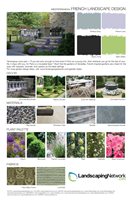

 Garden Design Styles
Garden Design Styles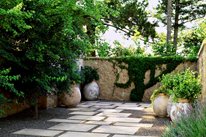 Mediterranean Landscaping
Mediterranean Landscaping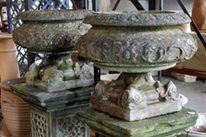 Garden Antiques
Garden Antiques

